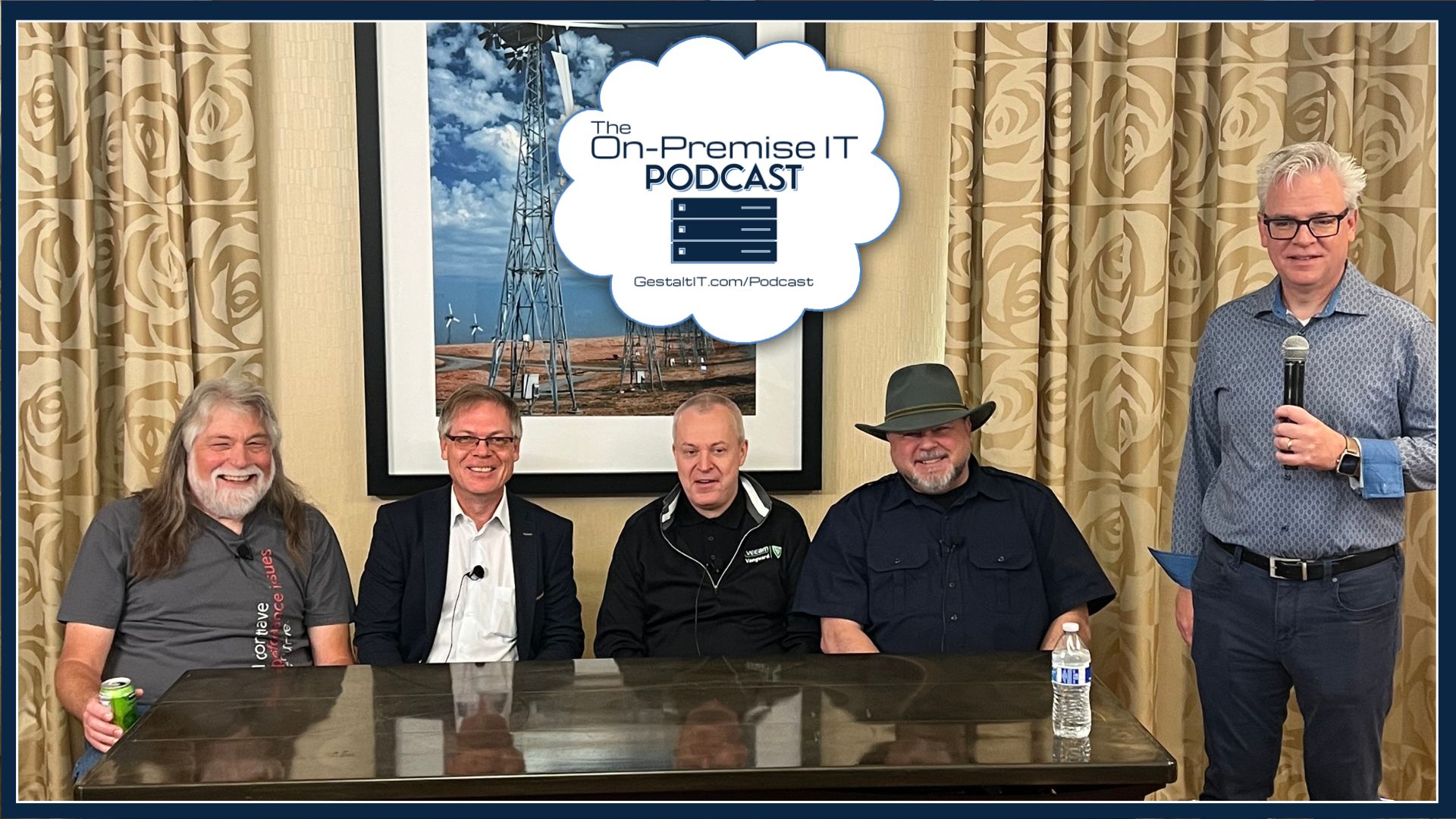3D printing came as an accessory to manufacturing, to mostly ease the supply-chain lag, and has quickly become an industry. From automotive to aerospace, medical to IT, it has rose through industries as a sustainable manufacturing solution that is cheap, fast and flexible. If leveraged, experts say, it can revolutionize industrial manufacturing.
But for a section of users, 3D printing is an obsession, almost a sideline. Since its early years, it has attracted many in the IT community for whom it has become a singular hobby. 3D printing provides them with the opportunity to build something from the seed, even without the craftsmanship.
“Watching 3D printers work is hypnotic. You’ll find yourself mesmerized by the movement of the machine, sitting back and going what happened there. Trying to outguess what the system has decided is the best route to print the thing it needs to print, is just fascinating,” says Erik Ableson, a Field Day delegate, at the Gestalt IT Tech Talk with Stephen Foskett.
Erik, an IT consultant for many years, owns an IT consulting firm, Infrageeks, in the Paris area. As a long-time tech elite, Erik has naturally gravitated to hobbies that involve technology. 3D printing, as a result, was an instant click. Like for so many others, it has become for him an outside interest that helps him connect with his passion for technology, outside of work.
3D Printing – The Way It Works
For those who are yet to get hands-on, 3D printing is an additive process, meaning, the printer lays down materials in layers building a 3D object from a computer-aided design (CAD).
“There’s also a whole bunch of math and algorithmic work that’s done in optimizing the design to take a 3D object and figure out what’s the best way to output that on a printer.”
For people dabbling in 3D printing in their spare time, it’s a fantastic DIY project for building prototypes and models of small sizes. The common materials used for printing are fiber, sand, concrete and polymer. So the possibilities are endless with what you can create. It can be models of buildings, a pair of self-designed shoes, or a spare part for a home computer that is no longer in production. It’s all up to the interests and needs of the hobbyist.
At the enterprise level too, it finds wide usability in manufacturing of items like cable management devices and mounts. Cable organizers like J-channels, cord covers, cable ties and clips are incredibly useful at the datacenters for wrapping and stowing messy cables that are often seen loosely hanging.
Similarly, 3D printing can be used to create bespoke metal brackets and fixtures, such as rack mounts, to set up servers. Since 3D printed components are light weight, it’s a great way to build cooling fans for server systems.
The Attraction
Besides its wide uses, 3D printing has trickled down to the masses in the IT world for one other reason – it tickles the core hacker ethos.
“There’s something extraordinary about being able to design a thing on the screen, and take it to a machine that will transform, say a basic piece of wood, into something that is interesting, useful, beautiful, and otherwise unattainable to me with my hands the way they are,” said Erik.
The 3D printing community has grown fairly big over the years. Thanks to that, there’s now way to share your 3D printing exploits with a global base, or reuse the works of peers to build something yourself. Online communities like Thingiverse and Printables.com have become go-to joints for making, sharing and discovering 3D printable models. They present a world of ideas, and an inventory of open-source hardware designs and user-created models waiting to be downloaded and remixed.
With millions of users uploading designs every minute, finding small things like an out-of-stock part for an old appliance, a server or a home computer, is pretty easy. If it’s something that is not easily found at the retailer, you may be in luck there.
“I have found a wonderful little application called Shapr3D that runs on the iPad, and now they’ve versions for other operating systems. The cool part for me is, with this program and the Apple Pencil, it gives me a level of precision and it feels like just drawing,” he said.

Scratching the Builder’s Itch
Another thing that makes 3D printing special is the building process which begins with the printer itself. Part of the appeal, and what makes it enjoyable, is building the printers part by part. They aren’t prefabricated for quick assemblage, or come in one piece like other printers. Many times, the buyers themselves have to put them together, a process that is as captivating and satisfying as building a computer. This is well in the wheelhouse of tech-savvy folks, besides being a way to customize the device to a T.
“The thing I’ve discovered about this whole space is that the first thing you do with a new 3D printer is building stuff for your new 3D printer, whether that’s organizing your filaments, mounting cameras, little systems to hook things onto the wall behind – it’s amazing how that turns into the first thing,” Erik exclaimed.
But more and most, it is the learning experience which makes 3D printing most rewarding. “The learning experience is where you’re getting to know the machine, and doing stuff for the machine. Once you get past that phase, you start looking at other interesting things you can do with it,” he added.
Erik, while experimenting with 3D printing himself, has stumbled onto many new discoveries. He told Gestalt IT that one of the things he has built on his printer is a mounting kit for his home computer hardware. Another time, he was able to design an effective cooling system for his Supermicro mini servers. With that in order, he can now run a cluster at home without running into overheating issues.
Wrapping Up
3D printing is rapidly gaining ground worldwide, and if you have always felt like it’s something you would like to try your hand at, now is a good time. It’s more fun than it’s ever been, thanks to the availability of a rich variety of tools, an expansive pool of ready resources, and a growing community of enthusiasts that is churning out exciting new things every day, making it a prospective side-hustle for many, and a habit for others.
Watch the Gestalt IT Tech Talk from the Storage Field Day event, or check out Infrageeks.com for more interesting findings on storage and infrastructure.
Connect with Erik
Erik Ableson is an IT consultant for many years, owns an IT consulting firm, Infrageeks. You can connect with Erik on LinkedIn. For more information on Infrageeks, check out their website.




